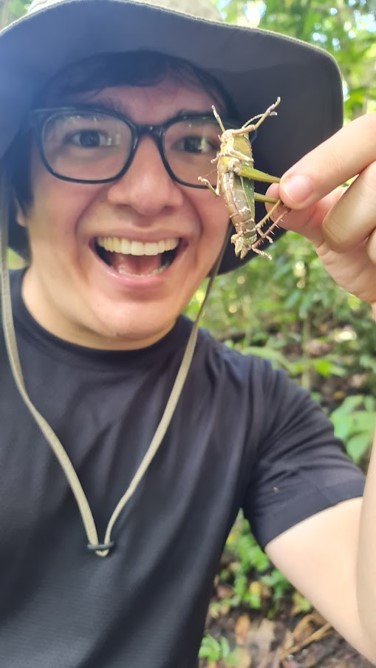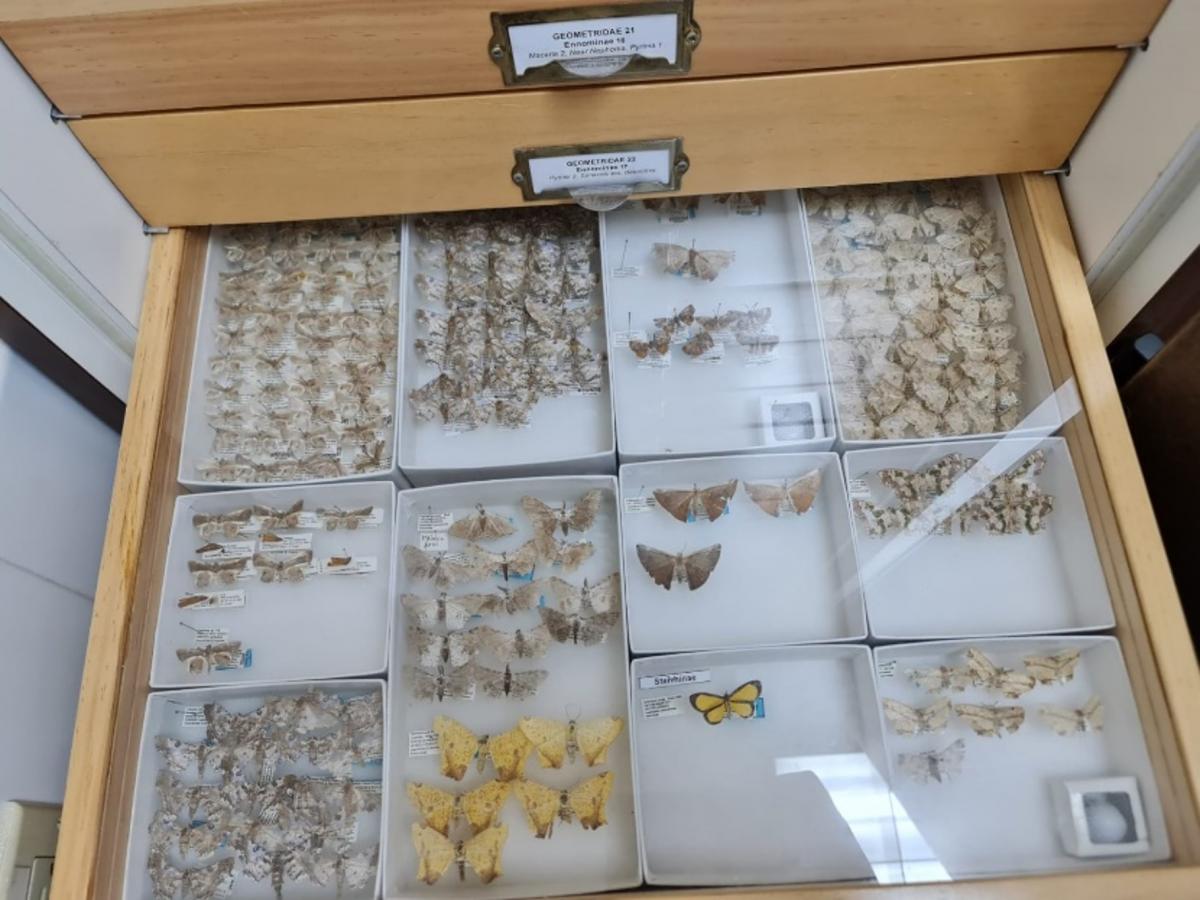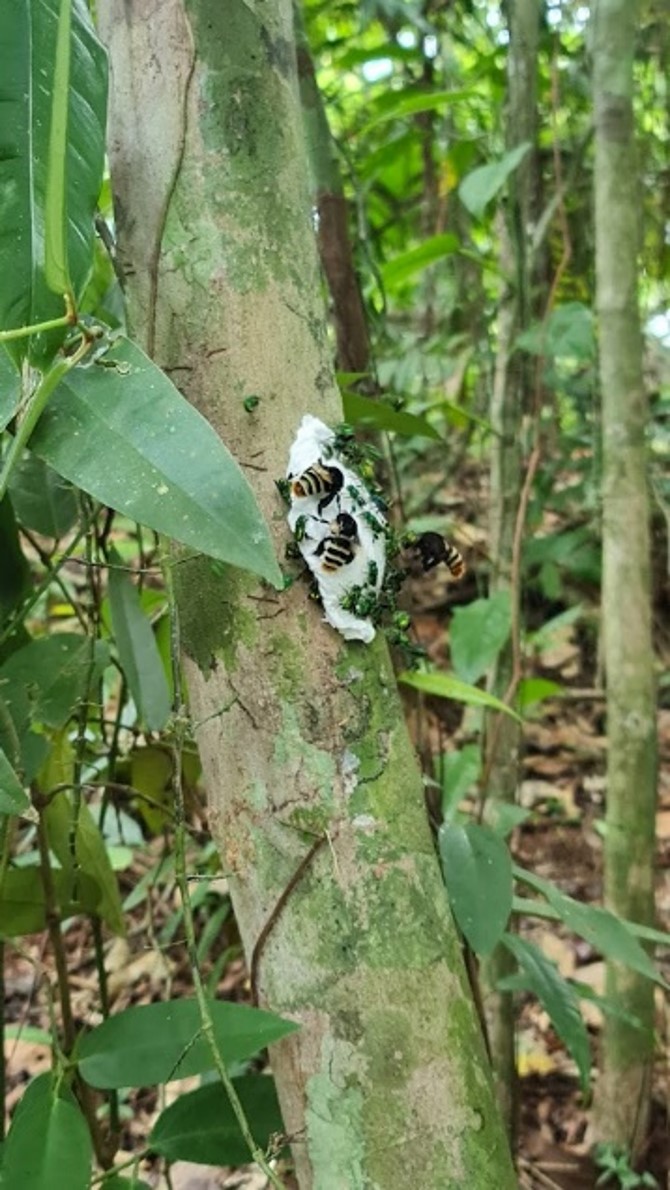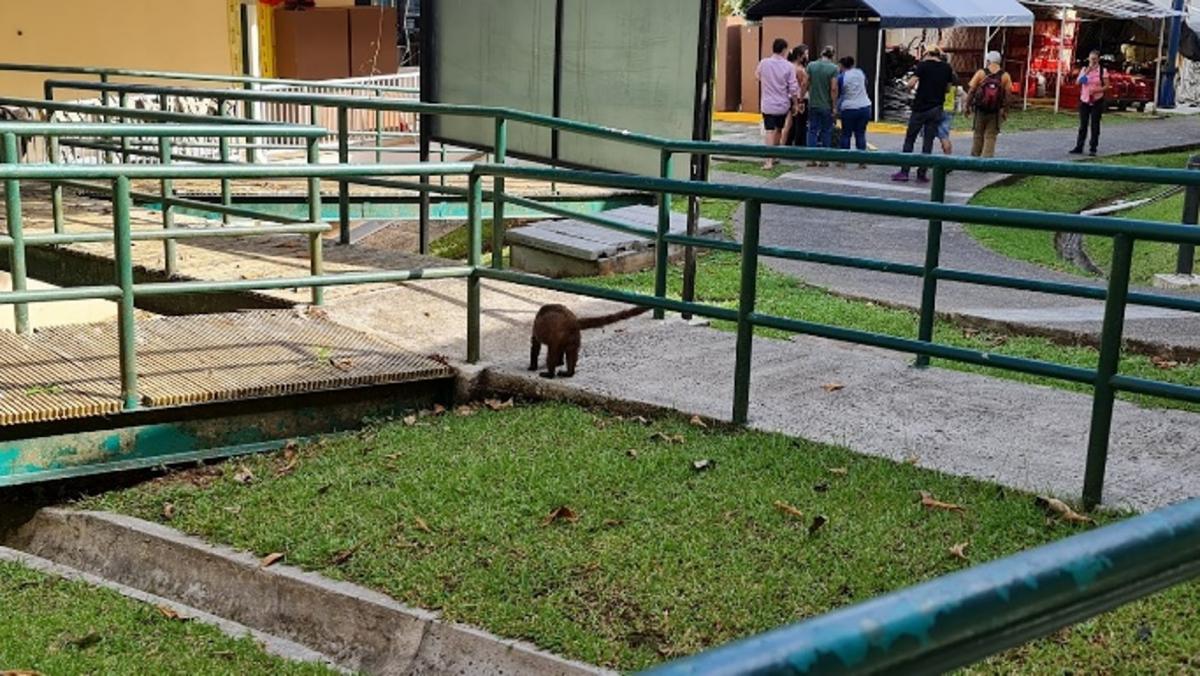Eduardo Navarro-Valencia is a research intern in the ForestGEO Arthropod Lab through the STRI-SENACYT collaboration (Smithsonian Tropical Research Institute-Secretaría Nacional de Ciencia, Tecnología e Innovación). Among other contributions to the Arthropod Initiative, Eduardo has created interactive guides to help identify members of the Euglossini and Dynastinae groups. He is currently pursuing a bachelor’s degree in biology at Universidad de Panamá.
When did you realize you wanted to be a scientist/work in forest ecology?
I started taking a general interest in ecology when I was a teenager working in an environmentalist group for my school. Having a closer look at nature made me realize how wonderful it is. My interest in insects goes way back, though, to when I was playing videogames; I found those weird looking six-legged creatures very interesting!

What has been your biggest challenge in getting to this point in your career?
The biggest challenge in my career has been taking a step back when I was studying for a bachelor’s degree in the Czech Republic and recognizing that it was not the best for me. I had to come to terms with the fact that sometimes sticking with an idea or a plan “just because” can be detrimental for your well-being. It was, nonetheless, incredibly good for my career, since it has created space for me to be a research assistant at STRI, and right now I am doing my own research project!
What questions are you currently addressing in your research/site?
Working as part of ForestGEO’s Arthropod Initiative means being part of arthropod surveys, sample processing, and exploration of the data that’s been gathered.

Right now, I am using that data to explore the ecology and evolutionary relationships of Geometridae moths using phylogenies and functional traits.

In the past I have made interactive, easy-to-use identification keys for the orchid (Euglossini) bees of BCI. I’m in the process of creating a key for the Dynastinae beetles of BCI. The Dynastinae family includes charismatic members like the Hercules beetle.
That’s neat! Was the process of creating keys the same for both families?
It was different; the genera of Euglossa were very similar to each other, but for Dynastinae, there is so much variation, like the Hercules beetle or Cyclocephala, a type of Christmas beetle.

When did you first get involved in the ForestGEO network?
My first involvement with ForestGEO was working as a volunteer in the lab of Dr. Yves Basset. I had been very interested to work at STRI, and I saw that there were many scientists working for ForestGEO. I concluded that working there would be a very rich experience. And it is! I have become acquainted with many people working here in Panama on Barro Colorado Island (BCI), as well as with all of the research that is being done here.
What is the most interesting or unique aspect of your site?
I think the most unique aspect of BCI is that there are so many people conducting research here that the result is a melting pot of ideas and people. You can meet people that are only going to the island for a day trip or someone that has been living on the island for months as they conduct fieldwork. All sorts of conversations can arise from that diversity!


What kind of capacity building opportunities does your site provide for students, early-career researchers, and the local community?
BCI has diverse opportunities for capacity building. Many local universities and schools often organize trips to the island to have a closer look at the research been done here. More broadly, individual students can undertake research through the STRI fellowship and internship programs, (the latter gives students the opportunity to conduct their own research for three to six months at STRI). There is also a volunteer program, which gives you the opportunity to explore the island, work with the scientists here, and get to know a good scientific station. It is worth mentioning that the volunteer programs are free of all costs to Panamanians with the goal of promoting local participation in STRI science.
What is your favorite part about your work?
My favorite part is for sure losing my sense of time when I’m looking at the data and trying to understand what it is representing. Also just collaborating with insects -- collecting them, mounting them, sampling them…those tasks all make for a very relaxing experience.
What do you like to do when you are not studying forest dynamics?
I like to do some trail running/hiking or visiting some of the natural parks around Panama City, reading books, and playing videogames when I have time available.
What’s a good book that you’ve read recently?
The Invention of Nature by Andrea Wulf, an amazing biography of Alexander von Humboldt; you can sense the curiosity that he had, and how wanted to see the world and understand it!

Web Presence
LinkedIn | Twitter | ForestGEO Arthropod Initiative | Basset Lab
